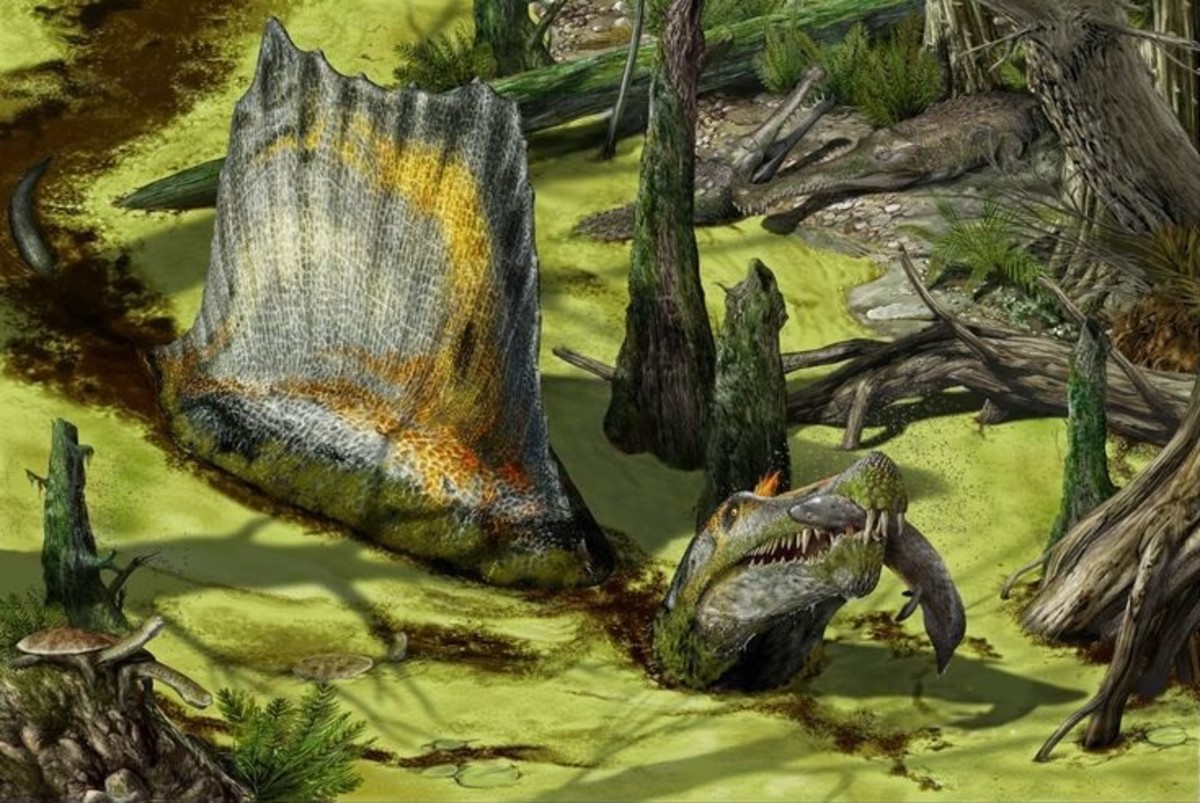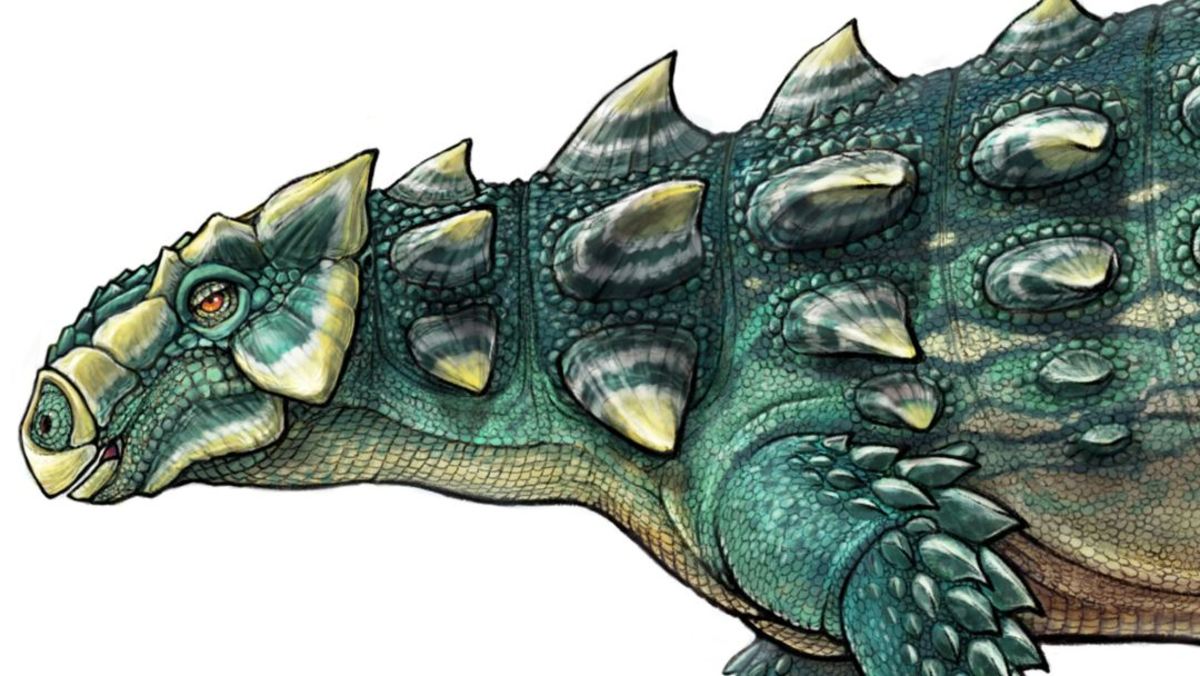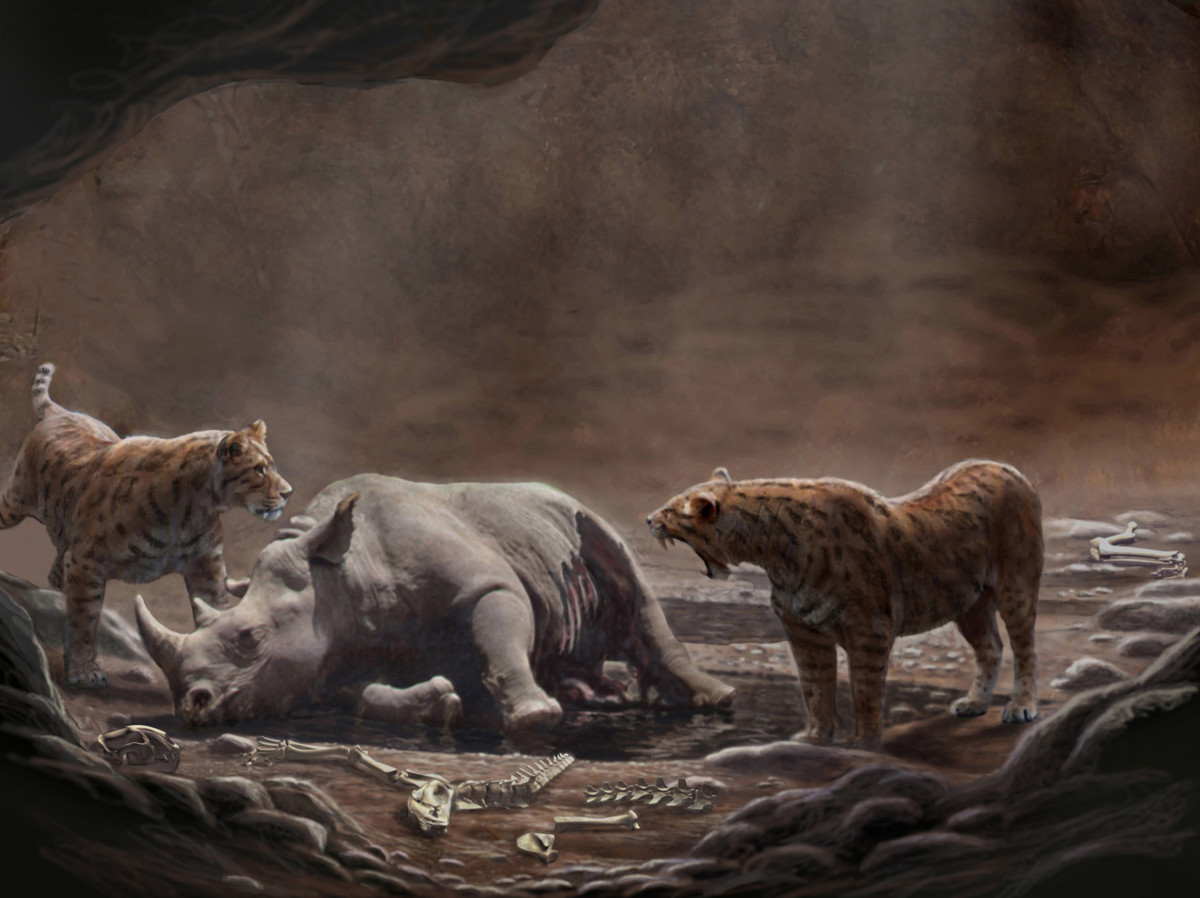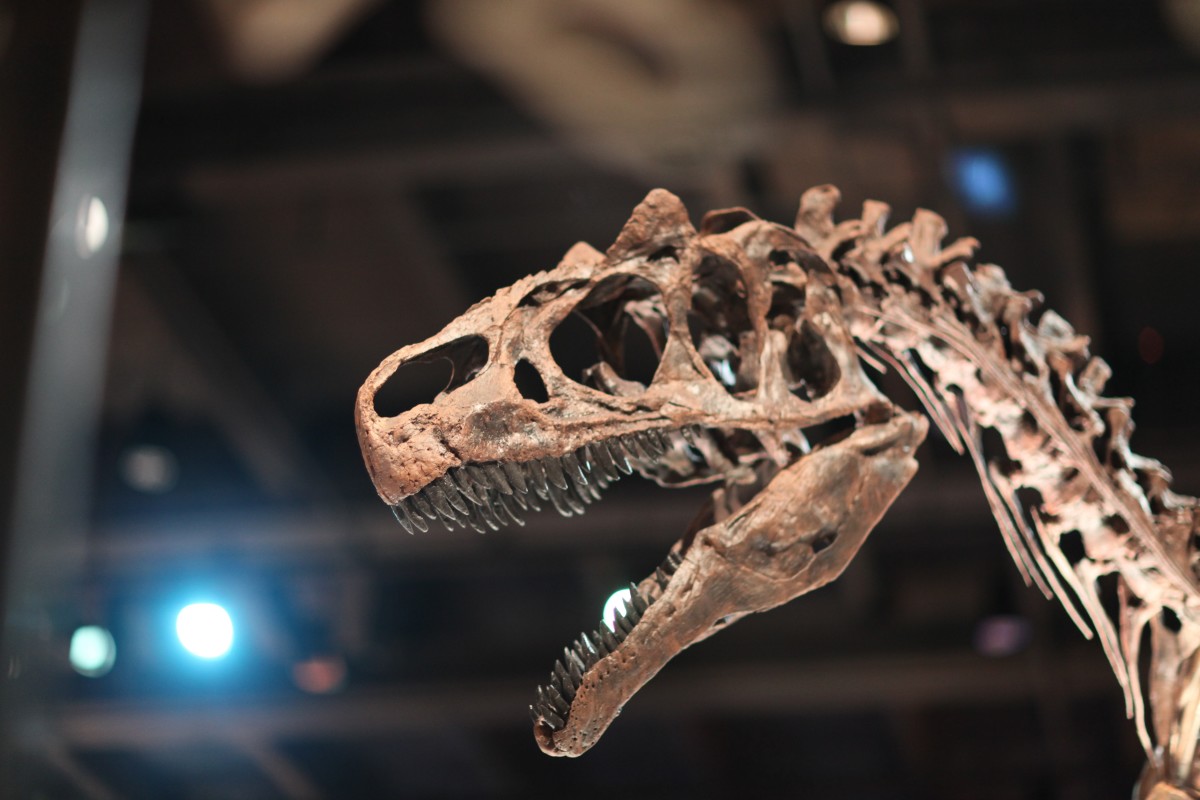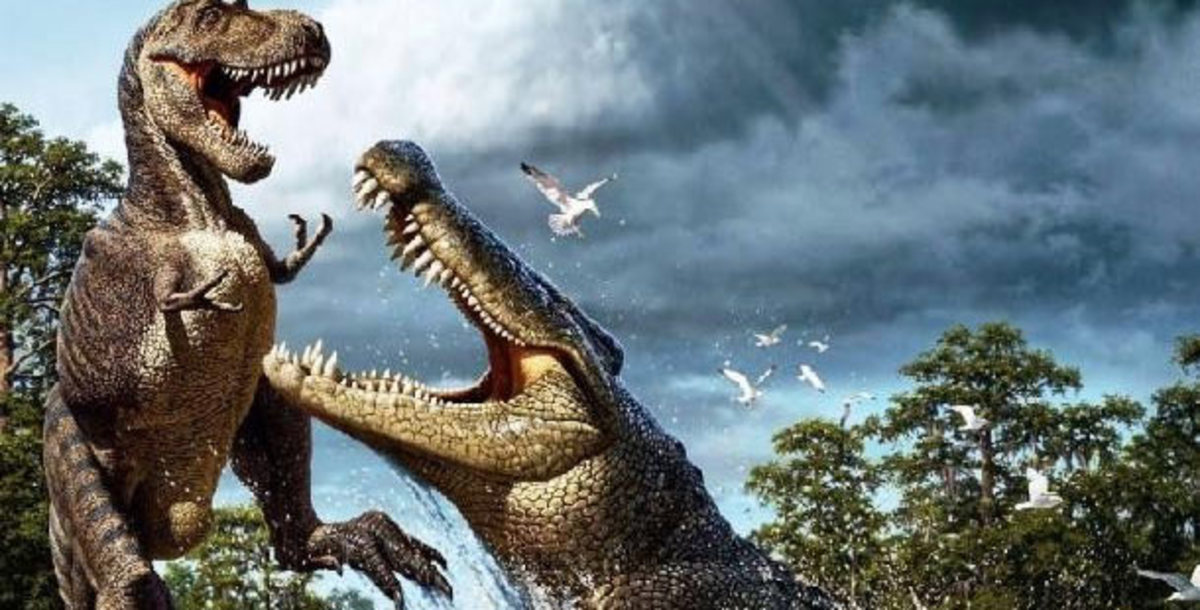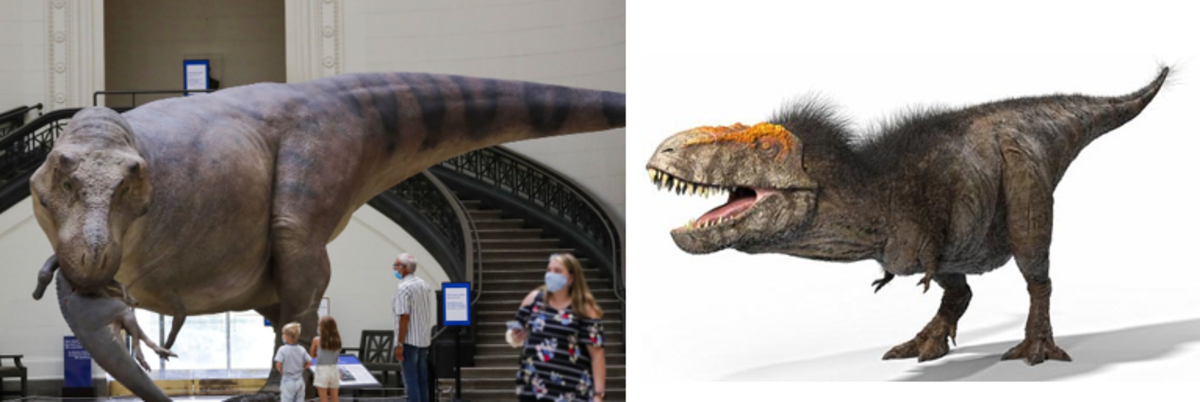- HubPages»
- Education and Science»
- Life Sciences»
- Paleontology»
- Prehistoric Life
Incomplete Icons
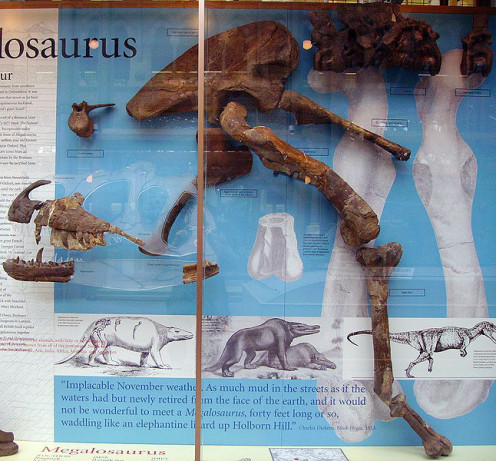
Paleontologist Stephen Jay Gould once asked a child psychologist to explain why dinosaurs appealed so much to kids. "Big, fierce, and extinct" was the latter's reply.
He may have added "intact." One of the reasons dinosaurs capture the human imagination is that unlike dragons, unicorns, or any mythological monsters, there is irrefutable evidence for these animals' existence in the form of fossilized skin, feathers, dung, and above all, bones. Dinosaur icons like T. rex, Triceratops, and Stegosaurus are all known from enough partial-to-complete specimens to give us an idea of what they looked like and for paleontologists to make educated guesses about their behavior. Even dinosaurs that don't have the same popularity--Coelophysis, Camarasaurus, and Iguanodon to name a few--still manage appear in a fair number of television programs and a multitude of books because they are known from well-preserved and numerous skeletons.
What is surprising is that some dinosaurs known from scant fossils or not even half-complete specimens somehow appear frequently in dinosaur-related media. Often these dinosaurs will be the first identified or largest of their kind. In addition, these dinosaurs will be reconstructed--whether in paintings or skeletal mounts--the manner of better-preserved relatives in lieu of essential bones. Here, then, are five less-than-complete dinosaurs that stand out in particular, followed by three less popular but still well-known runner-ups.
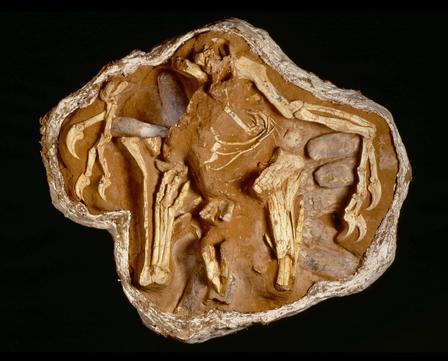
5. Oviraptor
For many decades, this rather birdlike animal was maligned as an egg thief in a lot of dinosaur media. In the 1990s, the first American expeditions into the Gobi Desert since the 1920s revealed that Oviraptor and its kin died and were fossilized in great numbers among their own eggs, rather than those of dinosaurs like Protoceratops.
Unlike the other dinosaurs on this list, Oviraptor is known from well-preserved skeletons of both juveniles and adults, except that no intact adult skull has been unearthed to date. Most visual representations of the animal depict it with a head identical to Citipati, a close relative and contemporary, but the real shape and size of its head crest--a hallmark of the family--is a mystery.
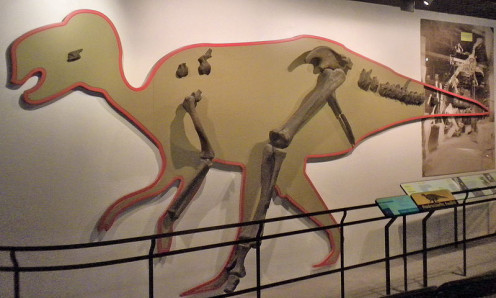
4. Hadrosaurus
Like Megalosaurus, Hadrosaurus holds a few dinosaurs firsts: The first one from North America known from more than teeth; the first dinosaur to have its fossils mounted into a complete skeleton; the first known member of the most successful group of dinosaurs during the Late Cretaceous. Yet even a partially complete skeleton of this animal still hasn't been found. Even more so than Megalosaurus, Hadrosaurus is eclipsed in the fossil record and in current dinosaur media by better-preserved members of its family, such as Edmontosaurus and Maiasaura.
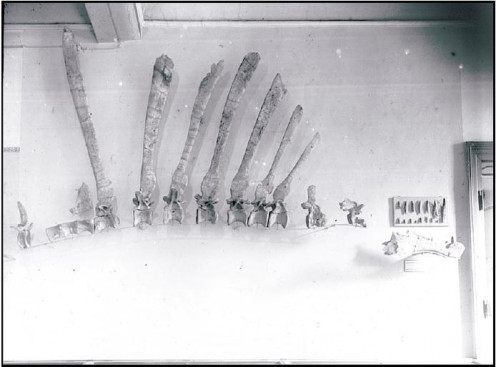
3. Spinosaurus
Spinosaurus is one of the oddest and most distinct dinosaurs known to us, and has been a mainstay in dinosaur media since it was first described by German scientists in 1915. It is also the leading candidate for the largest meat-eating dinosaur (and indeed, largest meat-eating land animal) by a wide margin, believed to have been even longer and heavier than T. rex or Giganotosaurus.
But how much longer and how much heavier isn't known. Though known from numerous partial specimens and isolated bones from across the Sahara, a complete Spinosaurus skeleton continues to elude paleontologists. All that we have of the first specimen are a few photographs and detailed drawings of the bones, as the skeleton itself was housed in a Munich museum destroyed in an Allied air raid in 1944. Current size estimates and reconstructions of Spinosaurus have been based on these, along with the dimensions of Baryonyx and Suchomimus, both smaller, sailless, and more primitive spinosaurs known from better-preserved fossils.
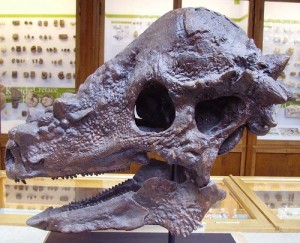
2. Pachycephalosaurus
The lack of a well-preserved or even partial skull often makes it difficult for paleontologists to accurately reconstruct some dinosaurs.
Incredibly, this popular dinosaur presents the reverse problem: While two-foot long skulls with ten-inch domes have been beautifully preserved, very few bones from the rest of Pachycephalosaurus' body have been found. Scientists do have a fair picture of what this body looked like based on more complete skeletons from other dome-headed dinosaurs, but for decades length estimates varied wildly (Depending on what dinosaur book you pick up, Pachycephalosaurus' length will be listed as either sixteen feet or twenty-six feet, with no middle ground; most recent sources favor the former estimate).
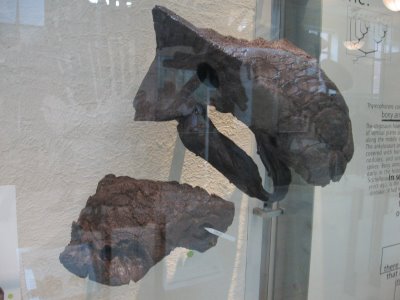
1. Ankylosaurus
While it doesn't have quite the same ubiquity or instant familiarity enjoyed by Triceratops or Brachiosaurus, Ankylosaurus remains the definitive armored dinosaur in popular culture, appearing in virtually every dinosaur-related book, television series, or film franchise at some point. It was also one of the last of its kind and appears, like many dinosaurs at the end of the Cretaceous, to have been one of the largest as well.
But we don't know for certain. Ankylosaurus fossils are found far less often in the badlands of Alberta, Montana, and Wyoming than those of other Late Cretaceous herbivores like Triceratops and Edmontosaurus. Unlike Pachycephalosaurus, enough skulls, ribs, and other parts of the body have been found (though never together) to give paleontologists an idea of what the animal looked like. But the arrangement of its armored plates isn't fully understood and size estimates of this animal range from as low as twenty feet long and the weight of a rhino to nearly twice that length and the weight of an elephant.
Even if Ankylosaurus didn't turn out to be the largest of its kind, it will probably remain the armored dinosaur most often featured in the media for two reasons: First, as with the other four dinosaurs on this list, it was the first of its kind to be discovered and described in scientific literature. Secondly, it lived alongside T. rex, and idea of a battle between these two behemoths will never fade from the imagination of dinosaur-lovers, young or old.
(A third reason, I suspect, is that the ankylosaur known from the best fossils, Euoplocephalus, is much less easy to pronounce.)
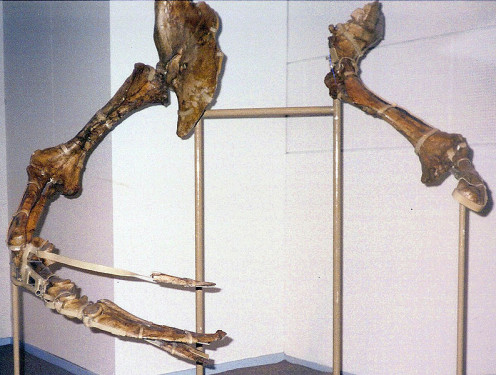
Honorable Mentions
Therizinosaurus- This odd giant is the largest and one of the last of the therizinosaurs--the dinosaur rough equivalent of giant ground sloths--but known from little more than its colossal arms and claws, the latter of which measure over three feet in length.
Argentinosaurus- Of the candidates for largest dinosaurs, this titanosaur is known from the best remains. Unfortunately, these remains are comprised of a few vertebrae, ribs, hip and leg bones, and no skull, so that isn't saying much.
Megalosaurus- Megalosaurus was the first dinosaur to be named and described in scientific literature, and was one of the three charter animals used by Richard Owen in 1842 to define the term "dinosaur". It also lends its name to a widespread family of Jurassic theropods. Despite this, a complete skeleton of the animal has yet to be found and the best-preserved confirmed megalosaur fossils belong to genera like Afrovenator and Torvosaurus.
SOURCES
Gould, Stephen Jay. Bully for Brontosaurus: Reflections on Natural History; W.W. Norton & Co., New York, NY, 1991
Holtz, Thomas R. Dinosaurs: The Most Complete, Up-To-Date Encyclopedia for Dinosaur Lovers of All Ages; Random House Inc., New York, NY, 2007
Nothdurft, William and Arthur Smith. The Lost Dinosaurs of Egypt; Random House, New York, NY, 2002
Palmer, Douglas et al. Prehistoric Life: The Definitive Visual History of Life on Earth; Dorling Kindersley, New York, NY, 2009
www.prehistoric-wildlife.com

